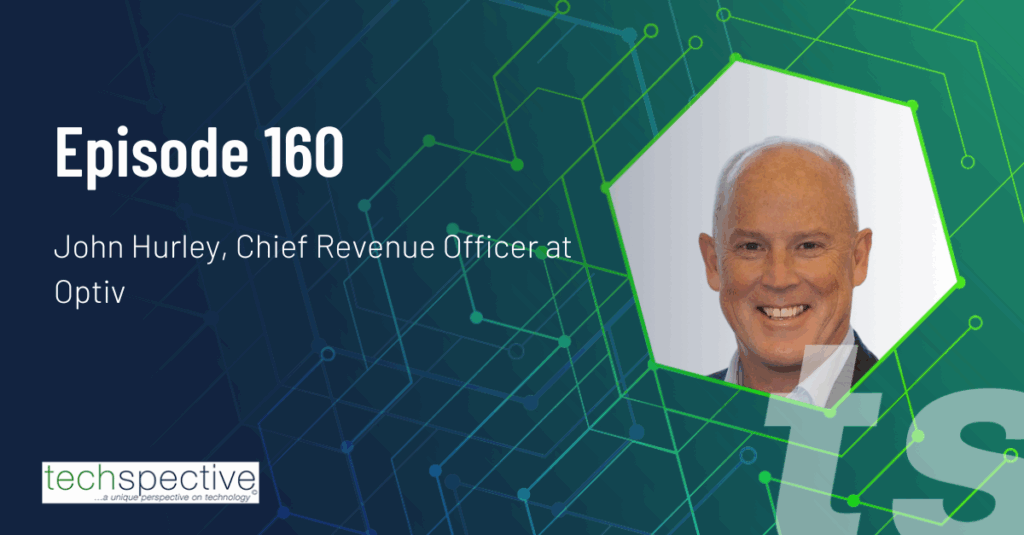Every business leader wants their company to be a success. But what does that mean? How do you know when your enterprise is on track to achieve its short-term and long-range goals? How do you know when your business is poised to grow and thrive or when it’s doomed to join the ever-expanding graveyard of failed businesses?
The answer lies in your key performance indicators (KPI). KPIs are the metrics you use to determine whether your company is on a growth trajectory. They also encompass the benchmarks through which you assess and refine your leadership strategy.
It’s perhaps not surprising, then, that choosing the right KPIs is often critical to your company’s success and survival. However, selecting the appropriate metrics is just half the battle. You also need to know how to analyze and instrumentalize your KPIs effectively.
The good news is that business leaders now have more prolific and powerful tools than ever before to identify and utilize relevant KPIs. Indeed, when it comes to business analytics, there is perhaps no better technology solution than that of artificial intelligence (AI). This article examines best practices for using AI to form better KPIs.
Determining What AI Is Right for You
Just as no two businesses are identical, not all AI systems are the same. Artificial intelligence technologies are capable of performing a vast array of functions, from analyzing the efficacy and outcomes of your company’s customer service protocols to using predictive analytics to identify relevant market trends.
Today, evaluating the performance of your business depends on far more than showing a substantial and growing profit margin. In fact, the complexity of business analytics reflects the complexity of the modern marketplace. Regardless of the industry, consumers, investors, and stakeholders alike are looking to align with companies that deliver a host of social and ideological values, such as environmental sustainability and corporate social responsibility.
For instance, if you’re operating a shipping and transport enterprise, AI technologies can be used to analyze how your target demographic views the issue of carbon reduction in the shipping industry, as well as how they perceive your business in regard to environmental sustainability.
Likewise, if you are leading a retail enterprise, AI systems can be used to assess customer feedback to determine how a business is meeting customer expectations and what areas for improvement exist.
How AI Can Analyze Your Data
The true power of AI lies in its immense capacity to collect and analyze billions of data points in mere seconds. This means that you can get a truly comprehensive and accurate view of your target KPIs without becoming overwhelmed and paralyzed by data.
Instead, through the insight provided by AI data analytics, you will have more and better opportunities than ever before to scale your business using AI-based data-driven growth strategies.
AI technologies, for instance, can take data points relating to consumer behavior and translate them into evidence-based recommendations for targeted marketing, product innovations, or employee retraining initiatives. They do this by collating data from a range of relevant sources, including customers’ social media activity, product reviews, and internal sales data.
Armed with this key information, you can then formulate product development, customer service, and consumer outreach strategies that galvanize growth across all business domains.
Building Better KPIs: AI Can’t Do It Alone
As important as AI-based data collection and analytics is, AI can’t do it alone. All the data in the world will be meaningless if they’re not put to use. Likewise, all the data-driven strategy recommendations provided by AI systems will yield no results if humans aren’t willing or able to implement them effectively.
This is why it is imperative to recognize and capitalize upon the critical role your employees play in this digital transformation of your business. For instance, employees may need training and support not only in learning to use AI technologies effectively but also in understanding the tangible benefits of AI for defining and instrumentalizing relevant KPIs, those contributing directly to substantial improvements in productivity, efficiency, and profitability.
Implementing New KPIs the Right Way
When you introduce AI as a tool for forming more effective KPIs, you will almost inevitably find that you and your employees will need to pivot from your old standard processes for measuring performance and defining success in your business.
This takes time, empathy, and patience. For example, decision-makers and stakeholders may not understand why you are no longer using revenue as a KPI and instead are looking to other metrics, such as customer satisfaction ratings.
The key is to use AI-based data to help you address the pain points that decision-makers are likely to feel as they revise their analytical model. This might include concerns over the transition of budget allocations from one business function to another. AI-based analytics can be used to demonstrate that the greatest value to your business can be expected in the investment in customer service rather than in new product development, citing AI-based KPIs that point to customer experience as a principal driver of revenue.
Conclusion
The integration of artificial intelligence (AI) systems in your business can feel intimidating. However, if you want to optimize your business analytics and formulate key performance indicators (KPIs) that bring significant value to your business strategy, there is perhaps no tool more powerful than AI.



